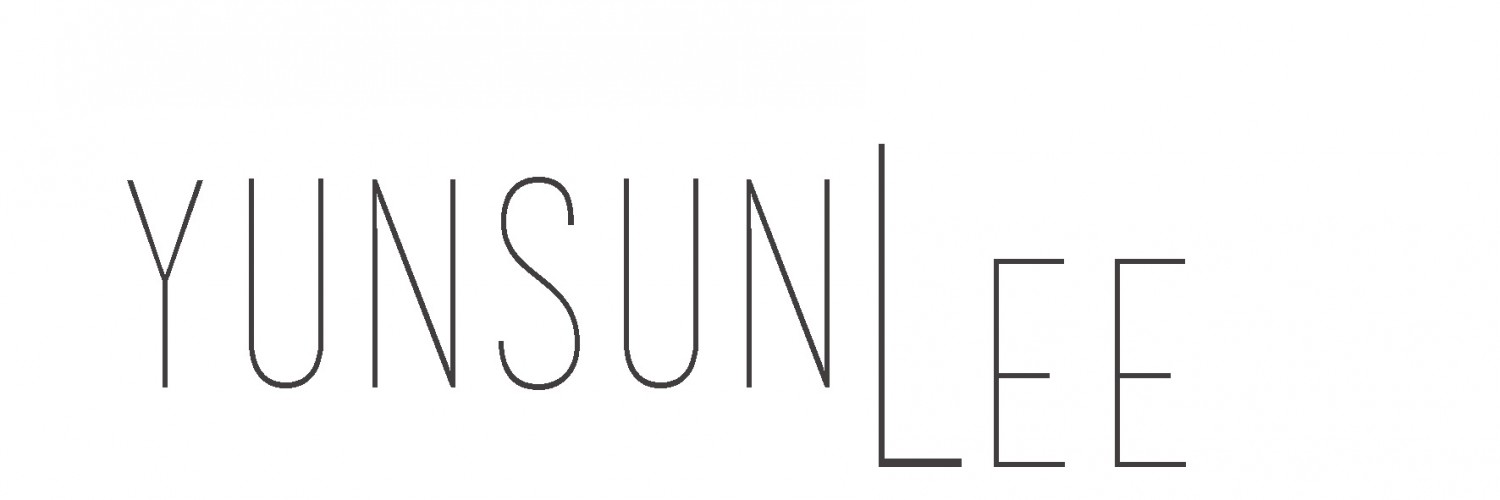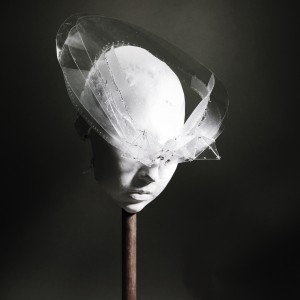FINAL PROJECT 2
–
” CIRCULATORY COALESCENCE”
Vega
talks to
Yunsun Lee
[Designer]
–
In Space/Materiality, students were to create a headpiece that was influenced by any elements in nature of their choice, that embeds the Fibonacci sequence. The headpiece was to camouflage or cover parts of the head, and to transform; to reveal the hidden part. Yunsun Lee created a headpiece that was inspired by onions as it constitutes a symmetrical circular outline on the inside, which gradually mounts up in thin layers to eventually form the shape of an onion.
VEGA: What influenced you to choose an onion? Does it have any personal/cultural/social meanings behind?
YUNSUN: I primarily chose an onion was because it’s my favorite vegetable! haha but it also linked back to my personal background as I have experienced a wide range of different cultures growing up as a third culture kid in Singapore, and I always found it amazing how onions bind other cultures through its constant presence in almost all cuisines. I thought it was the most versatile vegetable ever. Also, evolving from that idea, I was further inspired by how an onion is constructed by multifarious transparent layers, that eventually creates the onion form and structure, and how the different thickness of the layers merge together. I wanted to implement this ‘merging and coalescent’ idea to the headpiece, making it merge into the face; another layer that becomes one with the head.
VEGA: How did making a plaster cast of your head help you understand dimension and designing for your head?
YUNSUN: It helped me in terms of measuring the shape of the whole head because a person’s head is not a symmetrical circle. It also helped me to look more closely into the curves and structure of both front and back of the head, all in three dimension, which inevitably influenced me to create a piece implementing those curved forms.
VEGA: How did drawing assist with your design process?
YUNSUN: Because the design I wanted was very three dimensional with the curves, overlapping thin planar material and the polyhedron shapes, it was very difficult to demonstrate on paper, which got me very frustrated and delayed the process of making. I had to draw the design multifarious times for me to fully understand how the layers would be attached etc.
VEGA: How did your design change over time?
YUNSUN: It had to change because initially I was only thinking about the linear material (wire) to make the design. I had to consider the planar material but it took me some time to figure out how I could create a curved shape with rigid plastic. I also tried scoring the plastic to make the triangle at the front but it did not work out as I wanted to be so I went back to wire. It’s amusing how I thought I would never use wire again after the shoe project but I keep coming back to it. Wire is my comfort zone now!
VEGA: What are the meanings behind “Circulatory Coalescence” ?
“I wanted my design to depict the overlapping layers that are present in onions, and essentially merge with the head by following the natural curves of my skull ”
VEGA: Which new tools and materials did you use for this project?
YUNSUN: I used plastic sheets and wire for the headpiece and plaster for the head sculpture. Although I have used plexiglass and plastic straw for the project 1, the thickness of the plastic sheets that I have used and the methods that I used to connect each part was different. I also used the hooks for the first time, which I placed on the front of the headpiece and connected it with wire.
VEGA: Which tools were used for a previous project, but you were able to apply your knowledge to this project?
YUNSUN: Last project I drilled holes and connected thin metal pipes through to connect different parts, which transitioned into a similar approach for this project, where I made holes with the sewing machine and awls. I also wanted to maintain the similar aesthetic to my first project, in which I used plastic and metal, thus wanted to continue using plastic. Also I the transparency of microscopic layers of the onions inspired me to use a see through material.
VEGA: How and where did you implement the Fibonacci sequence in your design?
YUNSUN: The Fibonacci sequence can be found in all elements of the design:
1. The circular base uses 1-1-2 of the sequence as the circumference of the circle increases by 1/2″ – 1/2″ – 1″
2. The side arch shaped strip that connects the circular bases also uses 1-1-2 of the sequence, as the width of its size doubles by the last (3rd) strip.
3. The triangular shapes on the front of the headpiece also uses 1-1-2, when unhooked, each side is 1 and when hooked it becomes 2.
VEGA: What was the easiest part of this project? The most challenging?
YUNSUN: To be honest, there wasn’t any part of this project that I found easy. Most of the process (designing, measuring) was all new to me so it was extremely challenging, especially the measurements of the head and figuring out which part to include the fibonacci sequence while still holding a clean and sophisticated fashion, that links to my previous final project 1: Mechanical hand. Also, most importantly the cost of the plastic sheets from canal plastics was not cheap (for a poor student: me). So I had to be exact with my measurements for I knew if I made mistakes, it would be my wallet that would suffer.
DESIGN PROCESS
–
How did you start?
1. In class we made a mold of our head with silicone and made a mother mold, which later we poured plaster inside.
2. We took a 4 photos of 4 sides of our head and made an illustration to draw 9 transformation drawing and final 4 drawings.
3. We made a paper model.
- Filing the plaster head
- 3/4 self portrait view drawing
- Initial model made with wire
The paper model shown above was made with tracing paper and wire inside to make it stay in that form, however, this paper model was not entirely useful because it did not consider the planar part of the head piece.
Extra drawings were made to solidify the design. I was not sure how I could implement the circular shape, but the drawings helped me to choose and eliminate the ones that I did not like.
Paper model that is closest to the final design – incorporating planar aspect
- Polyhedron shape pattern
- Pattern of the base
- Pattern for the side arch
- Template I made for making holes with an awl
- Holes made with sewing machine
- Figuring out the design and measurements
–
EXTRA
–
PHOTOSHOOT WITH THE SUPERMODEL : PEACHES
Beautiful and high fashion model wearing the sophisticated and chic headpiece, upgrading the design industry to its next level.




































Absolutely amazing!! Love every part of this. You inspire me <3